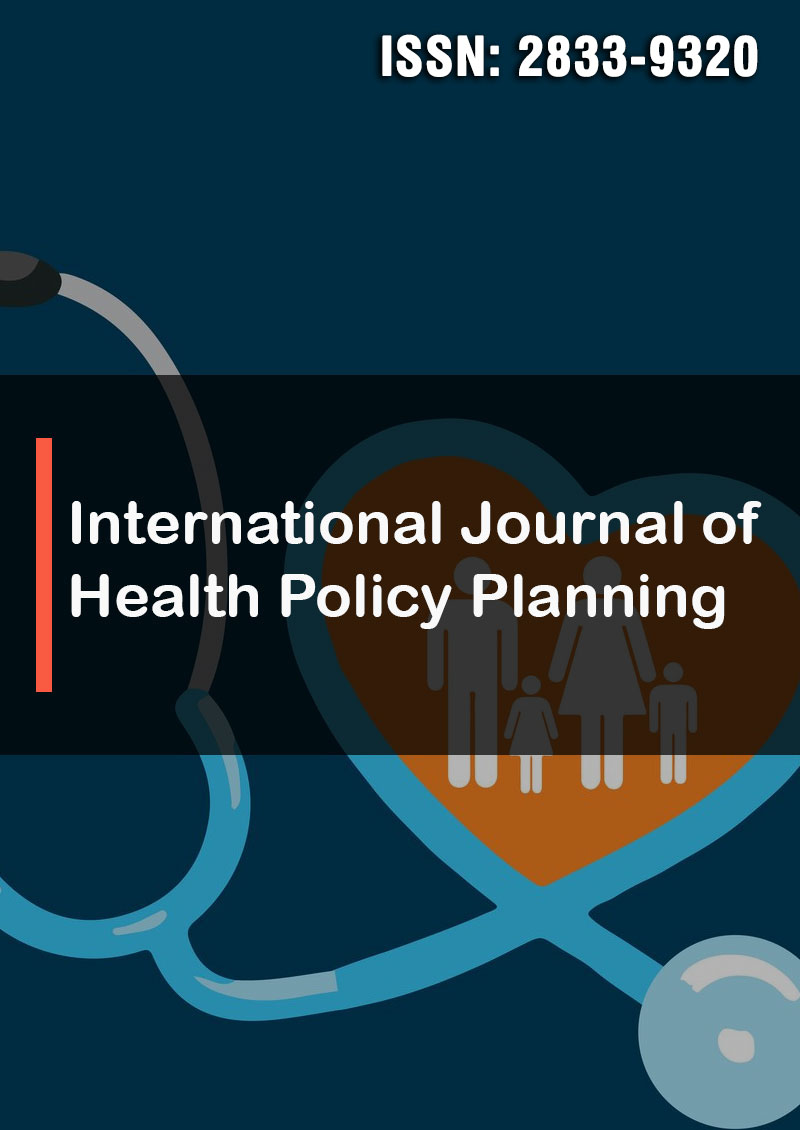Application of Artificial Intelligence for Rapid Prevention of Epidemic Diseases (COVID-19)
Abstract
Faridoddin Shariaty, Shamsoddin Shariati, Samaneh Navvabi, Mojtaba Najafi Oshnari, Boris Novikov
Background: Epidemic diseases are hazardous in terms of a rapid outbreak. Rapid control of these diseases by finding patients and quarantine and treatment can be the only tool to reduce the number of cases and mortality at the beginning of the outbreak, in the absence of therapy and vaccines. COVID-19 (coronavirus) is a deadly viral disease that causes severe respiratory illness and spreads through the air. Artificial intelligence (AI) technologies have played an essential role in solving complex problems. The use of these technologies in response to the challenges posed by the COVID-19 epidemic can reduce the effects of epidemics in various contexts.
Objective: The purpose of this article is to review the applications of artificial intelligence in cases of contagious disease. In this work, COVID-19 disease has been used as an example of dangerous infectious diseases (while the studied methods can be used for all contagious diseases), and a systematic review of the literature on the role of artificial intelligence as COVID-19 has become a comprehensive and critical technology for combating epidemiology, diagnosis, and disease progression.
Methods: A complete search of the literature has been done using the databases of PubMed, Scopus, Web of Science, and Google Scholar, and other sources. In this work, the aim is to review articles that the authors believe can be helpful in the prevention of infectious diseases in the event of an outbreak of artificial intelligence in the prevention of more casualties. The first steps needed in a flurry of a disease (including coronavirus) include identifying the primary sufferers and isolating them from the public and examining the illness and how the disease has progressed. In these stages, artificial intelligence can very effectively help the medical community and even the government prevent an epidemic. In this study, the keywords COVID-19, artificial intelligence, and infectious diseases have been used.
Results: During our literature search, we came across 73 papers. Researchers analyzed studies examining the diagnostic roles and imaging features of patients with COVID-19. The latter were scanned using CT or ultrasound scans, chest radiographs, or positron emission tomography/computed tomography (PET/CT) scans. Chest x-ray and CT scan are the imaging modalities that are most widely utilized for the diagnosis and management of COVID-19 patients, with chest CT scan being more accurate and sensitive in diagnosing COVID-19 at an early stage. Only a handful of studies have looked into the roles of ultrasonography and PET/CT scans in diagnosing COVID-19 infection.
Conclusions: We gathered research from the existing COVID-19 literature that employed artificial intelligence-based methodologies to give insights into various domains of COVID-19 in this systematic review. Our findings indicate critical variables, data formats, and COVID-19 sources to help with clinical research and translation. Findings from this study may also assist in reducing the harm caused by the pandemic in the case of such epidemic diseases in the future.




